So, you love the look of marble, but not sure about whether it’s a good choice for your home…?
I wanted to give you a bit of a guide here so that you know exactly what you’re getting into before you decide to invest and commit. Let’s face it, once you’ve built a new kitchen and seen the price tag of a stone benchtop, you’re going to understand that it’s a long term investment that you don’t want to regret down the road. You and your stone benchtop are in it together for the long haul.
First of all, what exactly is marble? It’s often used as a generic term, but marble is a specific type of natural stone – for those geology types, it’s a hard crystalline metamorphic form of limestone. The most common ones we see here in Australia are Calacatta and Carrara.
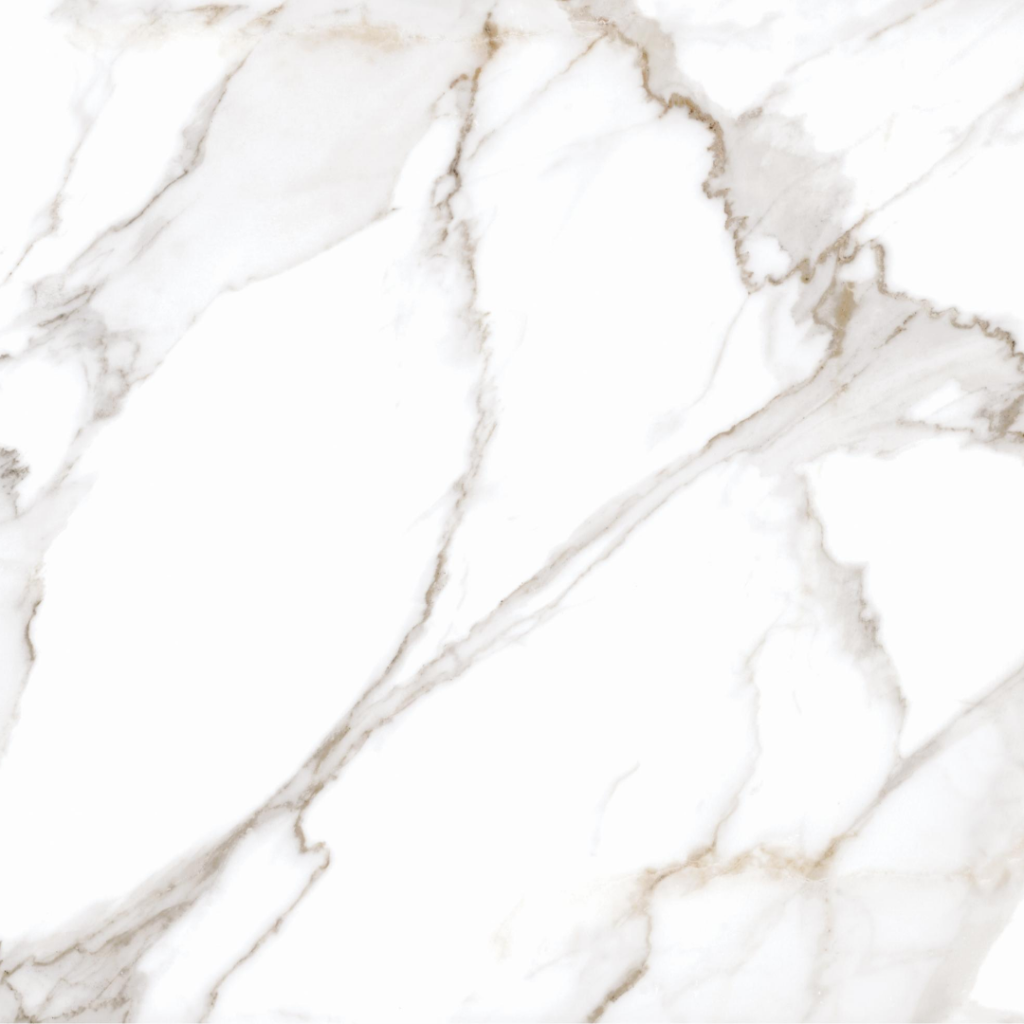
Calacatta Marble – characterised by thick, bold veining, often with warmer tones 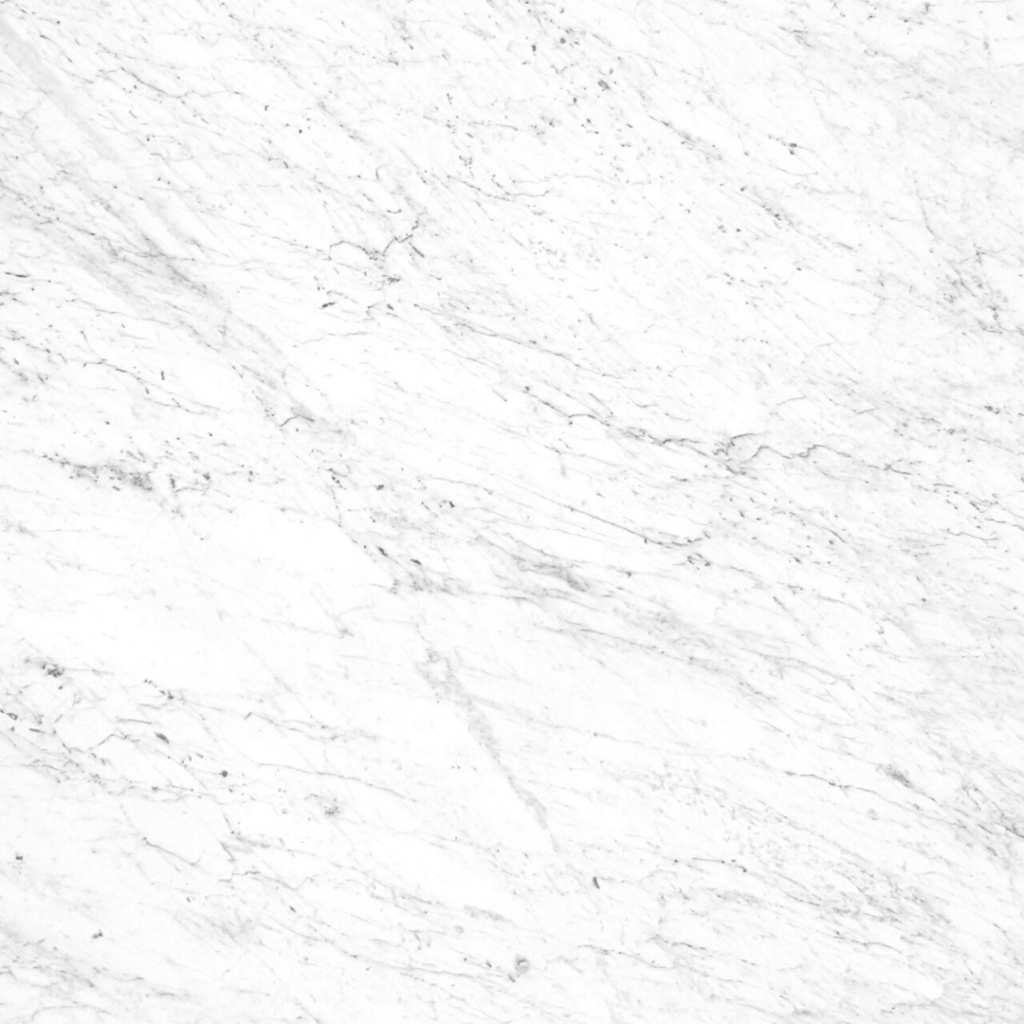
Carrara Marble – finer, more consistent veining with mainly cool grey tones
But before I give you the low-down on marble (and what you need to consider before you put it in your kitchen), I wanted to give you a little background and my personal experience living with it…
We built our current home about 9 years ago and prior to that, we had lived with a pretty basic kitchen set-up – your typical ‘turn of the century’ kitchen combination of high gloss white laminate cabinets and a white-flecked caesarstone benchtop. Functional, durable but definitely lacking a little something.
So, when we were deciding on materials for our new dream kitchen, marble was high on the list. I’d been eyeing it off in magazines for long enough to know that I wanted it. Now, I’m definitely a keen researcher and I’d like to think that I take my time to consider all the options and make really practical decisions about things… but sometimes when I know what I want, lets just say that I have a tendency to hear what I want to hear…
I did know that marble was porous and prone to chipping… but I also knew that they had been using it in Europe for centuries and they seemed to be able to embrace the charm of it, so I figured I could too. After all, I’m not particularly precious about things and I certainly don’t pretend to have a “perfect” home (nor do I aspire to have one).
So, we went all-in and invested in the 4 slabs we needed for the kitchen, and I figured (while we were at it) we may as well do the bathroom vanities too. I can’t remember what that cost us, so let’s just assume that it was a reasonable amount… because the bigger price tags are usually the ones I delete from my memory and conveniently forget to make records of.
Anyway, costs aside, once I saw the calacatta marble slabs in person, it was clear that there was no man-made alternative that was ever going to give us the same impact. The unique pattern and warmth from the veining was going to be the centrepiece of our kitchen and it was an obvious choice.
But once we installed it, I found the biggest problem with natural marble is that it starts off looking so perfect.
All those deals I had done in my head about embracing the imperfections, kind of went out the window… I’ve got to admit that I cried (just a little) when we got our first chip… and was really disappointed when I could see that perfect honed finish getting blotches of etching from something that wasn’t cleaned off the surface properly… but I cried a little less with each extra chip and stain… and now, if I’m honest, I barely look at them.
Occasionally I think about calling in the stone repair guys to give it a fix up and re-finish (which we’ve done once before and it comes up brand new), but mostly, I figure we’re only going to chip it again, so why bother. I love it the way it is – chips, stains, scratches and all.
However, in all the clients I have worked with over the years, I have only had a small handful of them that I have been happy to recommend a natural marble for. Because it’s not for the faint-hearted.
If you’re considering marble for your kitchen, here is the truth :
+ It is porous – whatever you leave on the surface will soak into the stone – the biggest culprits tend to be oil, wine, lemon juice and sauce (yep, pretty common stuff in a kitchen…)
+ It is soft – expect chips, scratches and etching in the surface (even more noticeable on gloss finishes).
So, keep these things in mind when you’re considering where you’re using it and how you’re going to protect it.
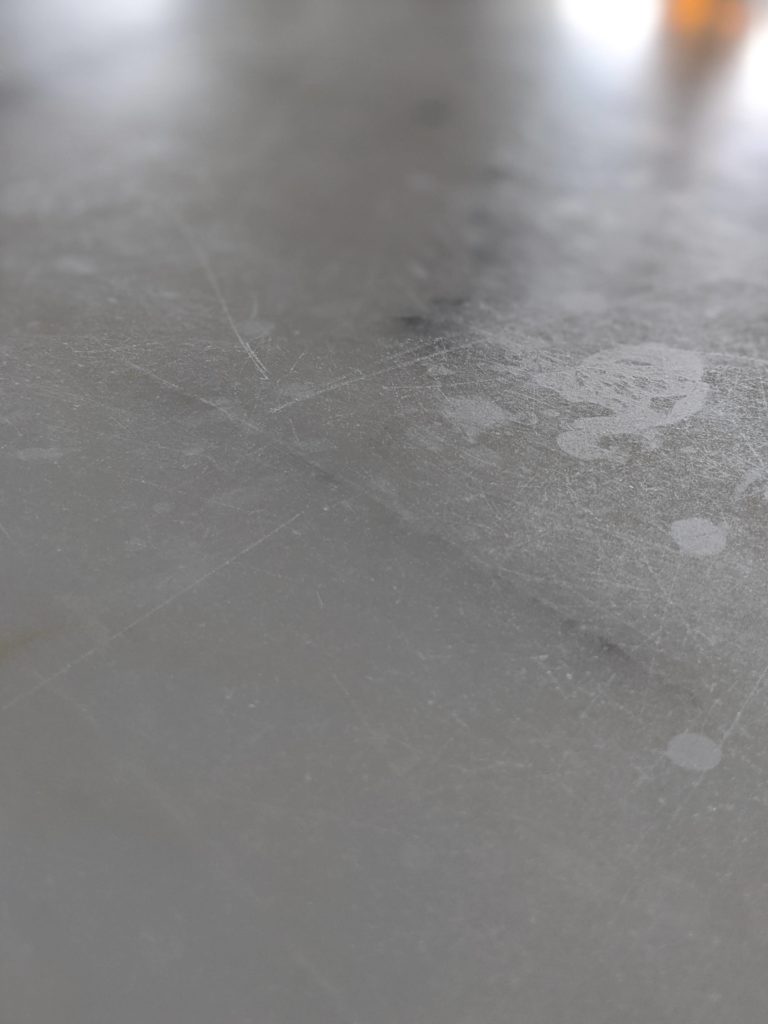
Typical scratches and acid stains 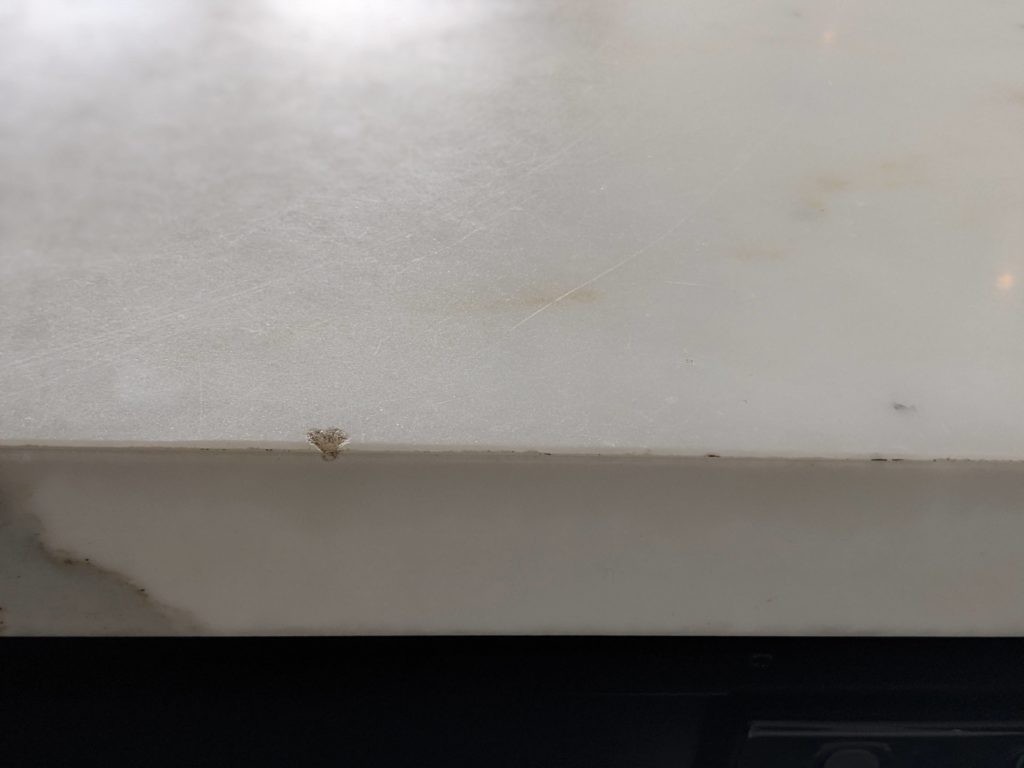
Chips on edges of bench
Here are a few things that I would suggest :
+ Sealing the marble before you start using it is essential, but this needs to be done regularly to maintain the seal (this helps reduce the porous nature of the stone, but doesn’t eliminate it)
+ Be mindful of the cleaning products you use and ensure that they are safe for marble
+ Opt for a flushmount or drop in sink to protect the edges – scrubbing big heavy pans in a sink with exposed, fragile edges leaves even me a little nervous (and I want to encourage the kids to do the dishes, not be hanging over them, worried about the marble!)
+ Re-think the waterfall edges if you’ve got kids, dogs or vacuum cleaners on wheels…
If you’d really love to have natural marble in your home, but not foolish enough brave enough to use it on your kitchen benchtop, here are a few alternatives :
+ As a feature above or around your fireplace
+ On a coffee table
+ As vertical surfaces in your kitchen like splashbacks and rangehood canopies where you’re not using them for food preparation surfaces
So, would I choose it again?
The stubborn side of me says yes, of course. But the pragmatic side of me says, maybe not.
Made-made alternatives have come along way since we built our home and the new porcelain slabs and products like Dekton give us a pretty convincing alternative to natural stones and are a whole lot more durable.
Would I recommend it ?
If you’re happy to embrace everything that comes with living with a natural marble, then go for it.
But if you’re the kind of person who wants their new kitchen to stay looking that way for as long as possible, then you might want to find an alternative.
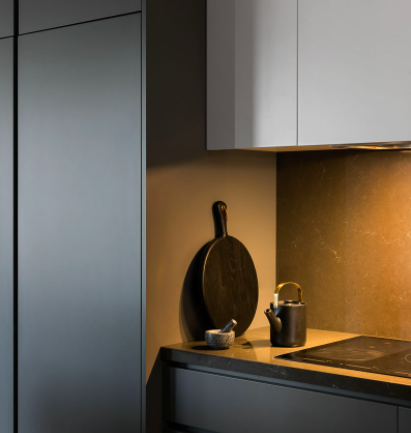
Are composite stones really safe?
There has been a lot of talk in the industry recently about composite stones – whether they are safe and if we should be using them in our homes.
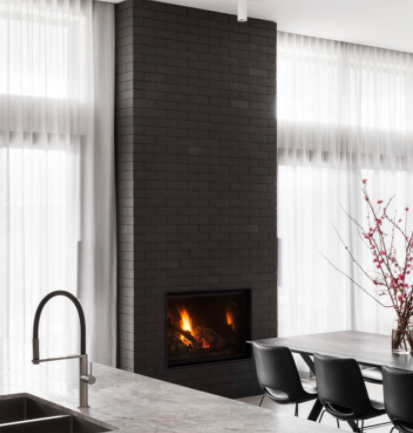
Which Stone is Best for Kitchen Benchtops
Stone benchtops are one of the biggest investments you’re likely to make in your kitchen and they can also be one of the hardest-hit areas of the house.
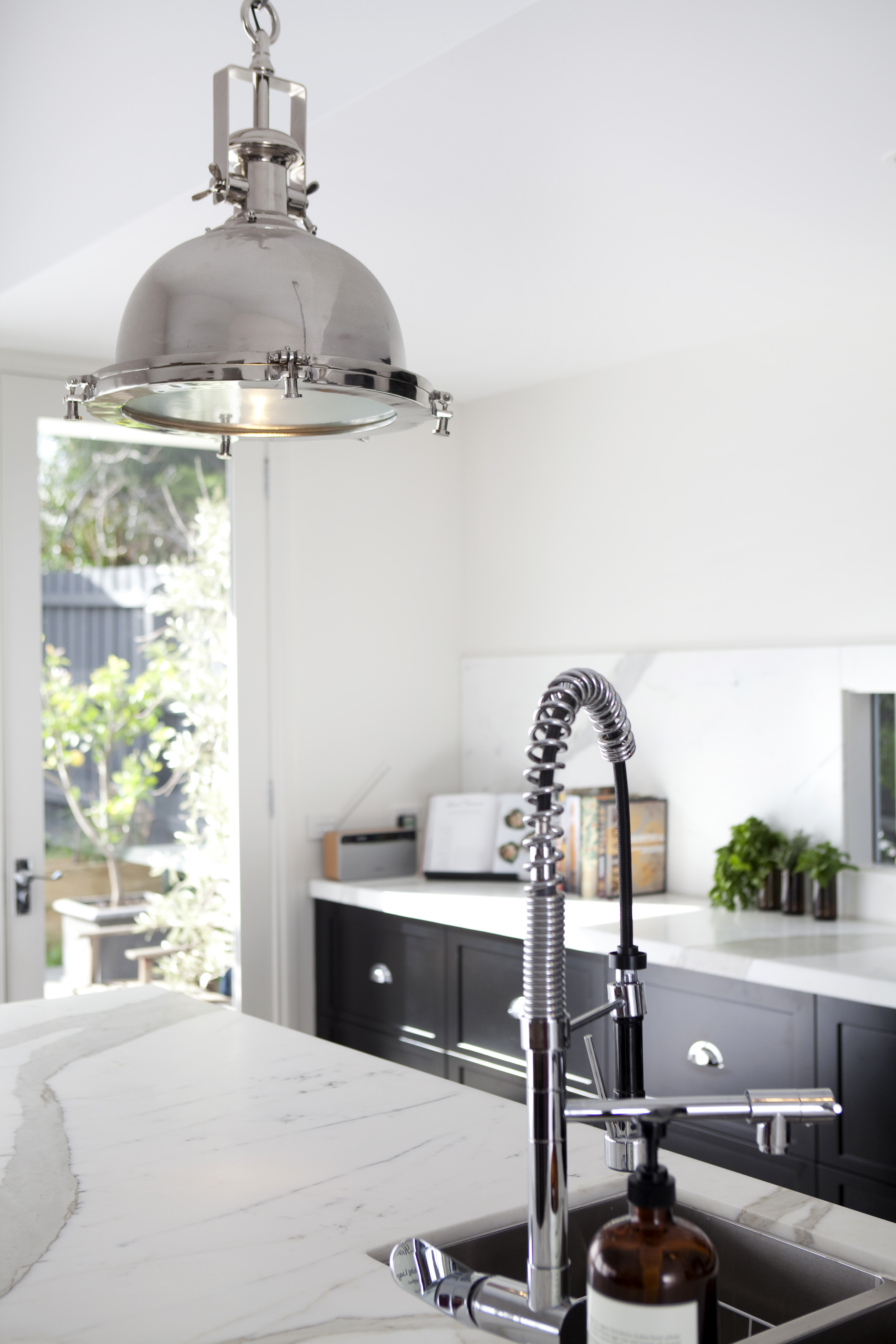
[…] you want to know more about living with marble, this previous blog post I did might be worth a read […]
[…] + Once your cabinetry finishes are sorted, you might find these other blog posts helpful in selecting your stone benchtops :Are Stone Composites Really Safe?Before you put Marble in your Kitchen […]
[…] Before you put marble in your kitchen… […]